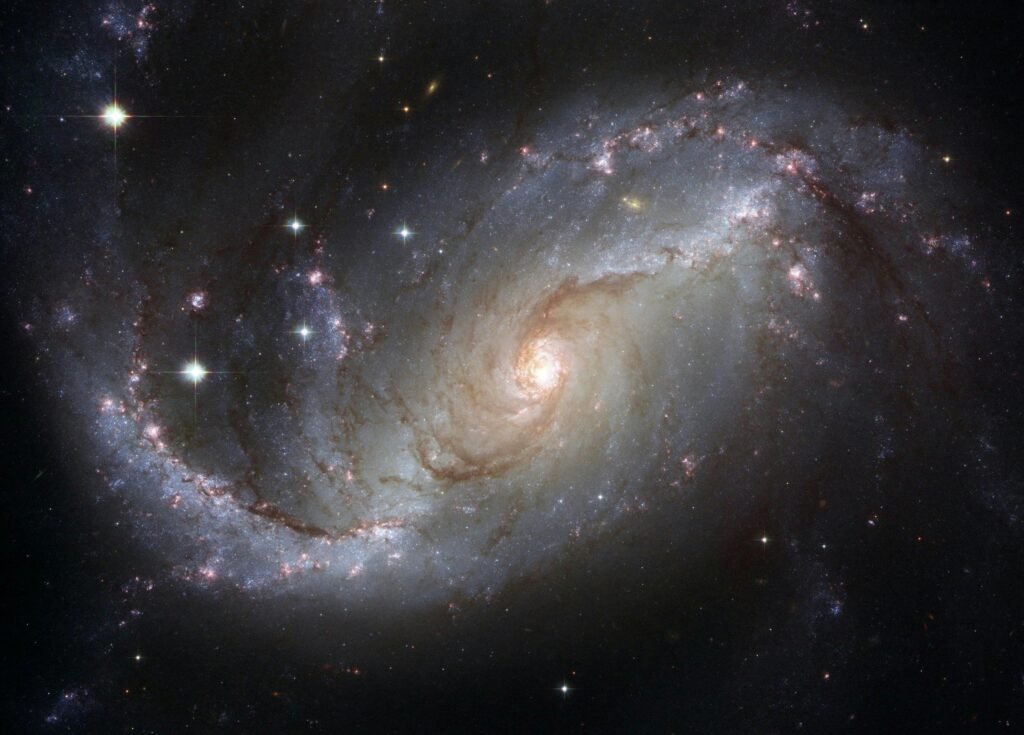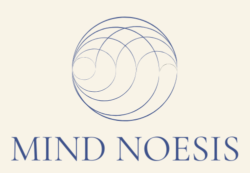We often move through life believing in the story of individuality, that we are separate, isolated beings navigating a world of others. This belief shapes our thoughts, behaviors, and relationships. Yet, beneath this illusion lies a profound truth: we are deeply interconnected, part of a vast, unified whole.
The Universe itself is billions of years old and since energy, can’t be created or destroyed, it’s all a transmutation of something else, your cells, are the same that where inside primordial stars billions of years ago, we are just the universe experiencing itself.

Awakening to this understanding isn’t just a spiritual or philosophical realization, it’s a transformative shift in awareness that can bring greater peace, compassion, and clarity. Through mindfulness and meditation, we can begin to see beyond the illusion of separation and experience the unity that connects all things.
The Illusion of Separation
The sense of individuality begins early in life. We’re taught to see ourselves as distinct, separate from others, defined by our achievements, possessions, and personal identities. While individuality has its value, this perspective often creates barriers, fostering feelings of loneliness, competition, and disconnection.
This illusion of separation stems from the mind’s tendency to categorize and label. By dividing the world into “me” and “them,” “self” and “other,” we reinforce the belief that we are apart from what surrounds us. However, these distinctions are constructs, they do not reflect the interconnected reality of existence. To break free from this, we must explore the truth beneath these mental labels.
Unity: The Reality Beneath the Illusion
At a deeper level, everything in existence is interconnected. The air we breathe, the relationships we share, the ecosystems that sustain life, all are intricately woven together. This isn’t just poetic sentiment; science reflects this truth. Consider how a single tree depends on sunlight, water, and soil microbes, or how entire ecosystems thrive on the contributions of every organism within them.
Spiritual traditions, too, have long echoed this understanding, teaching that we are all part of the same universal energy. Recognizing this unity doesn’t mean losing your individuality. Instead, it shows how your unique experience is an essential thread in the tapestry of existence. This shift in awareness fosters a profound sense of connection and belonging.
Cultivating Awareness of Unity
Breaking free from the illusion of separation requires mindfulness and intentional reflection. Here are ways to cultivate this awareness:
1. Practice Mindful Observation
Spend time observing the interconnectedness of the natural world. Notice how a single flower relies on sunlight, rain, and soil to bloom, or how a bee’s work supports both its hive and the growth of plants. Extend this observation to your daily life, how your actions, however small, ripple out to impact others.
2. Meditate on Interconnection
Meditation can deepen your understanding of unity. Try a visualization practice: imagine yourself as a single wave in a vast ocean. You are distinct, yet inseparable from the water. This perspective can dissolve the boundaries of “self” and “other.”
3. Reflect on Shared Humanity
Pause to consider the emotions, desires, and struggles that connect all people. Regardless of background, we all seek happiness, avoid pain, and navigate uncertainties. Recognizing these shared experiences softens judgment and builds empathy. In seeing others, we see ourselves.
4. Let Go of Labels
Pay attention to how often you categorize people or experiences. Practice releasing these labels, even briefly. When you drop the mental filters of “friend” or “stranger,” “good” or “bad,” what remains is the essence of connection. It’s a simple exercise, yet it reveals how much our perceptions shape our reality.
The Role of Emotions and Reactions
A critical aspect of realizing unity is understanding your relationship with emotions and reactions. Emotions often arise from the belief in separation: anger when someone violates “your” space, fear when “others” pose a threat, or sadness from feeling isolated.
Mindfulness teaches us to witness emotions without attaching to them. For example, instead of reacting impulsively to anger, you can pause and observe its roots. Anger, when seen through the lens of unity, might reflect frustration with unmet needs rather than separation from others. By understanding and managing your reactions, you align more closely with the interconnected truth.
Challenges in Embracing Unity
Awakening to unity isn’t always straightforward. The illusion of separation is deeply ingrained, reinforced by societal norms and personal habits. You may find moments of resistance or confusion, where the mind clings to its familiar distinctions.
Patience and self-compassion are essential. This journey isn’t about achieving instant enlightenment but about gradually shifting your perspective. Surround yourself with practices and communities that support this growth. Meditation, mindful conversations, and time in nature can all help reinforce this awareness.
The Transformation of Awareness
As you grow in awareness, the illusion of separation begins to fade. You may notice subtle but profound changes: greater compassion for others, a deeper connection to nature, and a sense of belonging that transcends personal identity. These shifts ripple outward, enriching your relationships, decisions, and inner peace.
Living with an awareness of unity doesn’t mean life is without challenges. However, it provides a framework to approach those challenges with wisdom and grace.
A Journey Worth Taking
The illusion of separation may feel convincing, but it isn’t the ultimate truth. Through mindfulness and meditation, you can uncover the deeper reality of unity that connects us all. This journey isn’t about abandoning individuality but embracing the interconnectedness that gives life its depth and beauty.



